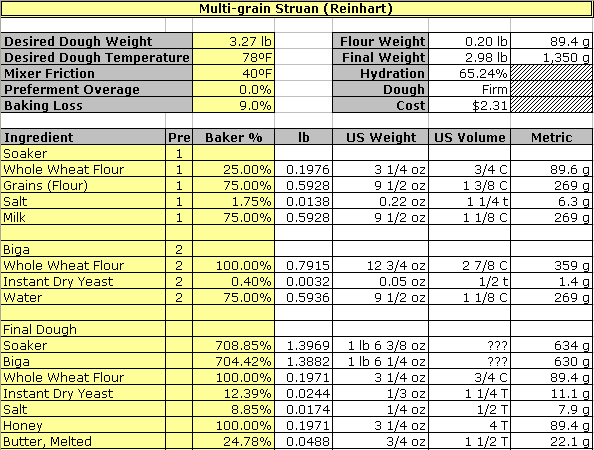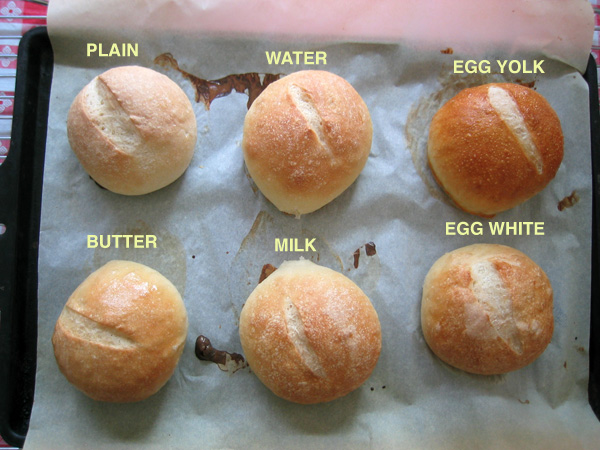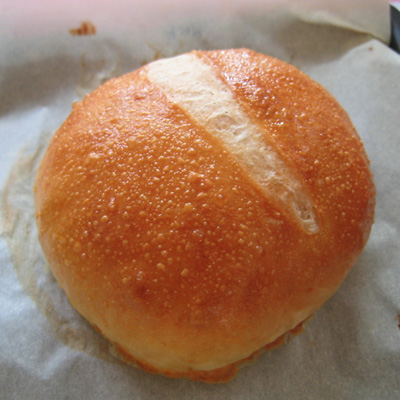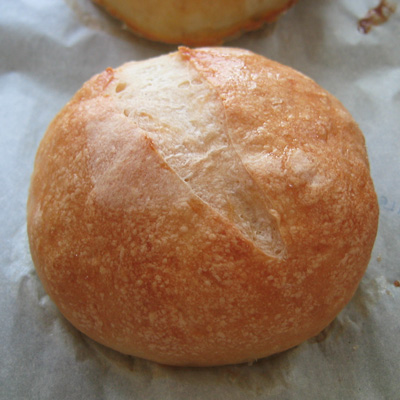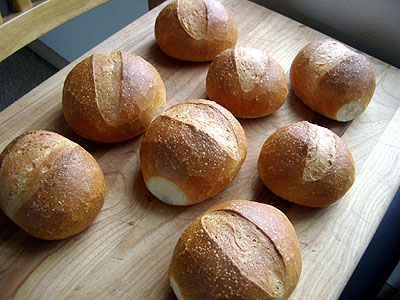
Gosselin's Pain à l'ancienne - rustic baguettes and ciabatta
Rustic baguettes and ciabatta from Gosselin's formula (as described by Peter Reinhart)
Pain à l'Ancienne baguette crumb
I made these baguettes and ciabatta from the formula Reinhart says he got directly from Phillipe Gosselin. The version in "Bread Baker's Apprentice" is a modification.
This is a very high hydration dough (about 80%), and I made my dough with KAF's "French Style Flour," which is their T55 clone. This is a low-gluten flour, by American standards. The dough started out like a batter once the additional water was added. I mixed it in my Bosch Universal Plus for something like 15 minutes before it was smooth and shiney. It still flowed like a batter. For the next hour, I did Hamelman's folding in the bowl. It then doubled over the next 90 minutes. (This technique was improvised. I thought about chucking the whole project as a lost cause at several points, but I'm glad I didn't. I learned a lot.)
The loaves were divided and stretched onto semolina-dusted parchment. The baguettes were baked without further proofing. The Ciabatti were folded in the usual manner and allowed to rise for about 30 minutes before baking.
Note: No attempt was made to score these loaves.
The baguettes had the sweet taste and cool, silky mouth-feel of ciabatta. I count them a success. Whew!
David




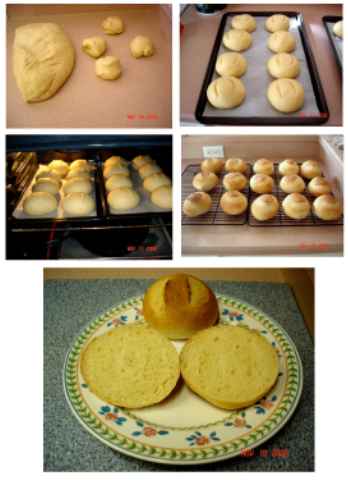

 Halloween 100% Rye
Halloween 100% Rye



